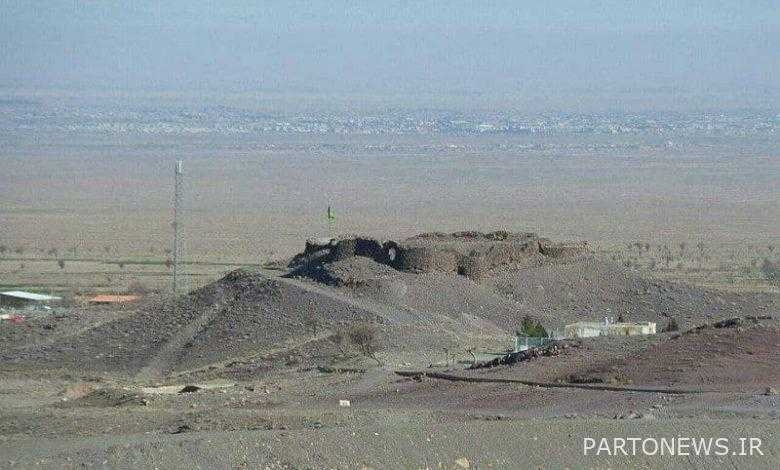Zeybad Castle is the Ismaili sanctuary in Khorasan

The village of Zebd is a “place of events”, the place of events in the field of life as a “historical memory” of nations and a reminder of important and decisive events and happenings.
Zebd is a reminder and symbol of the defense and martyrdom of the brave Iranian youth against the Turanian aggressor in the “War of Twelve Faces”, a war that ended in the victory of the Iranians and the independence of Iran.
The valley or “Tangel Zeibd” in the heart of the “Black Mountain” range was a valley full of water and an important passage, a passage that connected the castles of Zeibd, Javashir (meteor) and Sartakht (citadel) and finally to “Tun” (Ferdows) ) Has reached the most important Ismaili urban base.
“Tangel Zebd” and “Zoo Kalat” were so important that in addition to the rotation of several mills, their groundwater was supplied for millions of years to the underground aquifers of the Gonabad desert aqueducts, including the ancient and huge Qasbeh aqueduct. The aqueduct was drawn to the Zeybad gorge and the “Dolab-e-No” line along Zoo Kalat, because the engineers and engineers of ancient Iran had well understood that important scientific hypothesis.
Probably, the same privileged situation and abundance of water and settlements and the vastness of the desert of Zibad have caused the twelve-faced battle scene in the Gonabad desert to be adorned in Ferdowsi’s deep view. Around it, the natural phenomenon of the “door of the Sufi” and the “tomb of the elders of Vise” embodies the occurrence of mythical events in that area.
At the beginning of Zeybad gorge and on a hill about 25 meters high at the foot of “Tirmahi” mountain and overlooking the village of Zeybad, there is a relatively small rectangular castle with dimensions of approximately 30 x 43 meters, whose stone walls follow the roughness of the hill surface and are square. The castle is made of four cylindrical towers, the thickness of the castle fence is 120 cm and the wall thickness of the towers varies between 125 and 173 cm. Meters left.
The presence of scattered pieces of brick indicates that the arches or covering of architectural spaces may have been made of brick. In the corners, it is said that the castle had defensive facilities.
The few pieces of turquoise pottery scattered in the castle make it possible to attribute it to the Seljuk and Ismaili eras.
Zebd White Fort is not as big as the Ismaili forts and it is easy to reach unlike most of the Ismaili forts, but its defense structure and facilities indicate its importance, including two large water reservoirs in the northwest and northeast of the fort, which are narrow water currents. Filled, are important and thought-provoking phenomena associated with the castle.
As mentioned in some sources, the alluvial and fertile lands of Zeybad gorge and the relatively abundant water flowing in it have caused extensive agricultural lands around Zeybad, and this has made Zeybad probably a preparation and supplier of food and grain for The inhabitants and devotees are the castles of Javashir and Sartakht, and if this hypothesis is accepted, the beautiful castle has the ability to be a place to collect food, defense, combat necessities and send them to the devotees. Another unlikely possibility is that the village of Zebd was formerly enclosed within the walls of the castle, or that the castle was a refuge for the people of Zebd. In Ferdowsi’s view, it had the ability to receive the large corps of Goodarz, an Iranian general.
Whatever the subject, the emphasis is on the credibility and antiquity of Zebd, a village that in the realm of myth has been the origin of epic and Iranian pride.
Zebd Castle has been registered in the list of national monuments on the 11th of December 2001, number 4577.
.

